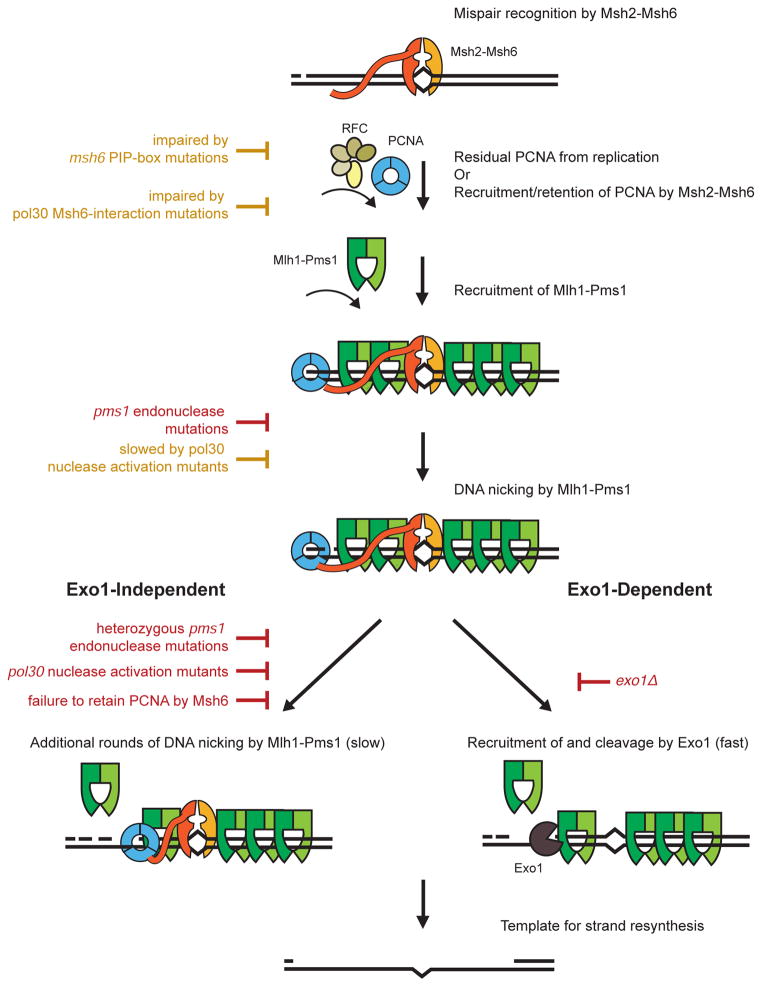Figure 4. Impact of mutations on Exo1-independent and Exo1-dependent MMR pathways.
Mutations in MMR genes either inhibit (red) or impair (yellow) common steps in Exo1-independent or Exo1-dependent MMR as well as steps that are specific to Exo1-independent MMR. Recognition of mispairs by Msh2-Msh6 and recruitment of Mlh1-Pms1 by Msh2-Msh6 are steps common to both MMR pathways and are required for the formation of the Mlh1-Pms1 foci MMR intermediates. At least an initial PCNA-activated endonuclease cleavage event by Mlh1-Pms1 is required for both downstream pathways. The activating PCNA could either be retained on the newly replicated DNA or loaded at a nick by RFC (Hombauer et al., 2011a; Pluciennik et al., 2010). When the Exo1-dependent pathway is inactivated, mutations that partially reduce the activation of Mlh1-Pms1, including mutations that disrupt the localization of PCNA by Msh2-Msh6, cause large increases in mutation rates due to a potential requirement for multiple cleavage events by Mlh1-Pms1. When the Exo1-dependent pathway is functional, mutations that partially reduce the activation of Mlh1-Pms1 cause much smaller increases in mutation rates because the Exo1-dependent pathway may not require multiple cleavage events by Mlh1-Pms1. Although loss of the Exo1-independent pathway only causes a minor increase in mutation rates in the presence of Exo1, loss of this pathway causes increased Mlh1-Pms1 foci, suggesting that the Exo1-dependent pathway has slower kinetics of processing MMR intermediates when activation of Mlh1-Pms1 is partially reduced. Because both leading and lagging strand replication leave nicks in the DNA as well as sites where PCNA might remain after completion of DNA synthesis (Discussed in (Hombauer et al., 2011b)). The repair of both leading and lagging strands generated during DNA replication seems likely to involve similar mechanisms.

